|
Coffee belongs to the Rubiacea
family: this word is mostly unknown to the layman, but botanists and
specialists are familiar with it… an encyclopaedia can help us
discover its history.
Coffee is an evergreen plant that likes warm temperatures, so it
grows only in tropical areas. The two most cultivated and marketed
varieties are Arabica and Robusta Coffea. The first species grows at
rather high altitudes and can reach the height of 8m. |
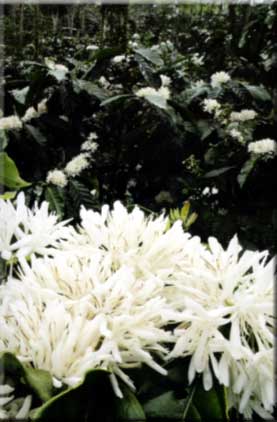 |
|
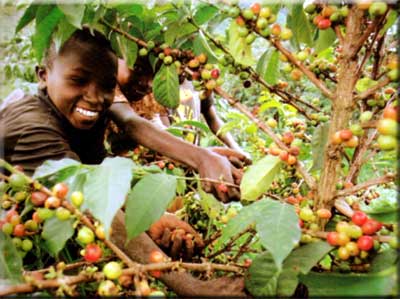 |
Man has always been spurred on by his own instinct to change nature
according to his will and requirements, so the coffee plants are cut
back when they reach the height of 3 metres. The Robusta variety was
named owing to its robust nature, since it is more resistant against
parasites and bad weather conditions. Robusta needs more heat than
Arabica, and it never grows at altitudes higher than 600 meters.
Both species have glossy dark-green leaves. |
|
The
white flowers last only a few days, then they turn into red berries
which look like cherries, these are called “drupes” in technical
terms. In this short period of the year, campesinos can sing their
love songs to their shapely black women, who listen to them "encantade".
Then music, love and eroticism suddenly stop. It is time for the
harvesting and the processing of the coffee beans. The berries
usually contain two coffee beans which are protected by a very thin
layer that is called parchment (coffee is also called “green gold”).
|
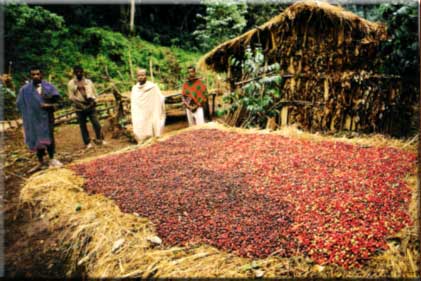 |
|
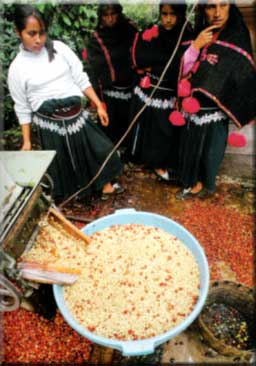 |
In some rare cases, there is only a single round bean,
which is called a “pea berry”. When man still loved
nature, the red drupes were carefully hand picked and
only the ripe ones were selected. Nowadays, the plants
are shacked with machines through the so called
“stripping" process. After the harvest, the beans have
to be separated from the pulp either using the dry or
wet process. |
|
Following the dry process, the berries are first
sun-dried and then the dried pulp and peel is removed,
while using the wet process, the berries are gathered in
large tanks with water and the pulp is removed. The
beans are then sun-dried, and when they get a suntan ...
well, when they are completely dry, the parchment is
removed. Now the coffee beans are ready to be put into
sacks and sent to the markets all around the world. |
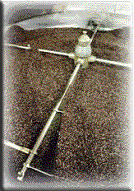
|
|

